*
I am thinking of using hot water radiant heat and can not put it in concrete on the floor. Could it be used in the ceiling or i,ve heard of it being run in the floor trusses stapled to the bottom of the sub floor and then insulating the floor truss. Does this work? Is wirsbro pipe a good product?
Discussion Forum
Discussion Forum
Up Next
Video Shorts
Featured Story
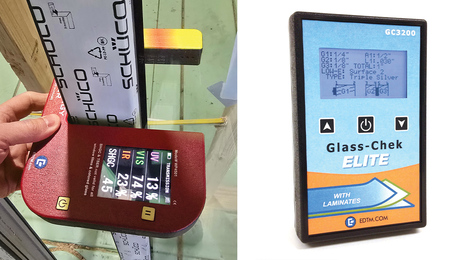
New devices showcased at the Builders' Show make it easy to measure glass performance, u-factor, SHGC, window thickness, and more.
Highlights
Fine Homebuilding Magazine
- Home Group
- Antique Trader
- Arts & Crafts Homes
- Bank Note Reporter
- Cabin Life
- Cuisine at Home
- Fine Gardening
- Fine Woodworking
- Green Building Advisor
- Garden Gate
- Horticulture
- Keep Craft Alive
- Log Home Living
- Military Trader/Vehicles
- Numismatic News
- Numismaster
- Old Cars Weekly
- Old House Journal
- Period Homes
- Popular Woodworking
- Script
- ShopNotes
- Sports Collectors Digest
- Threads
- Timber Home Living
- Traditional Building
- Woodsmith
- World Coin News
- Writer's Digest
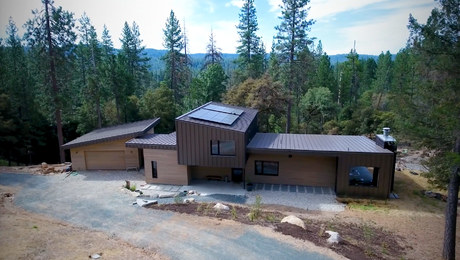
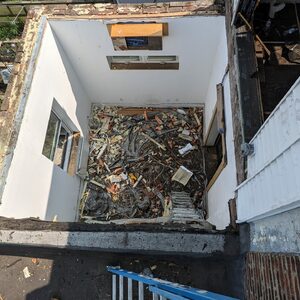
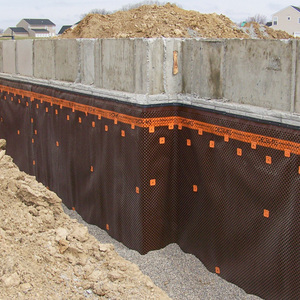
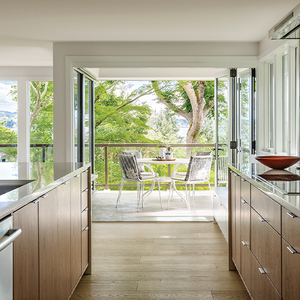
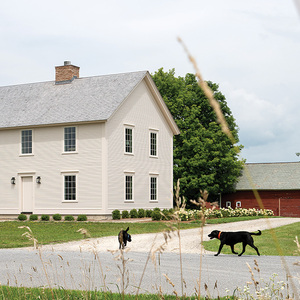













Replies
*
Earl: You could put it either in the ceiling or the floor, I'd strongly recommend the floor. A radiant ceiling (often done with electric resistance heating) has the advantage of allowing cooler air temperatures, much like you can be comfortable in a cold warehouse if you are within sight of a NG radiant heater. But the downsides of heating the ceiling are that you'll have cold floors and stratified heating. Warm air near the ceiling and cold air near the floor. The warmest two feet (6'-8') are an area you are never in.
Heating the floor (in a gypcrete pour or with tubing below the subfloor) results in very even heating from floor to ceiling and warm floors for walking around barefoot. Either gypcrete or subfloor allow for lower thermostat settings than with forced air because there is less "wind chill". Also, a floor system doesn't need as hot a water as radiators, baseboards, or radiant ceilings, so your boiler/water heater potentially operates more efficiently. Tubing below the subfloor is easier to do right that the gypcrete which can crack due to settling, insufficient floor stiffness, and/or letting it get too hot through faulty controls or operation. I'm doing a radiant slab because it's slab-on-grade anyway, for other reasons. (And 4" or reinforced concrete is stiffer than gypcrete on top of floor joists). But upstairs, I'm using tubing under the subfloor because of ease of installation and maintenance. -David
*
I am thinking of using hot water radiant heat and can not put it in concrete on the floor. Could it be used in the ceiling or i,ve heard of it being run in the floor trusses stapled to the bottom of the sub floor and then insulating the floor truss. Does this work? Is wirsbro pipe a good product?